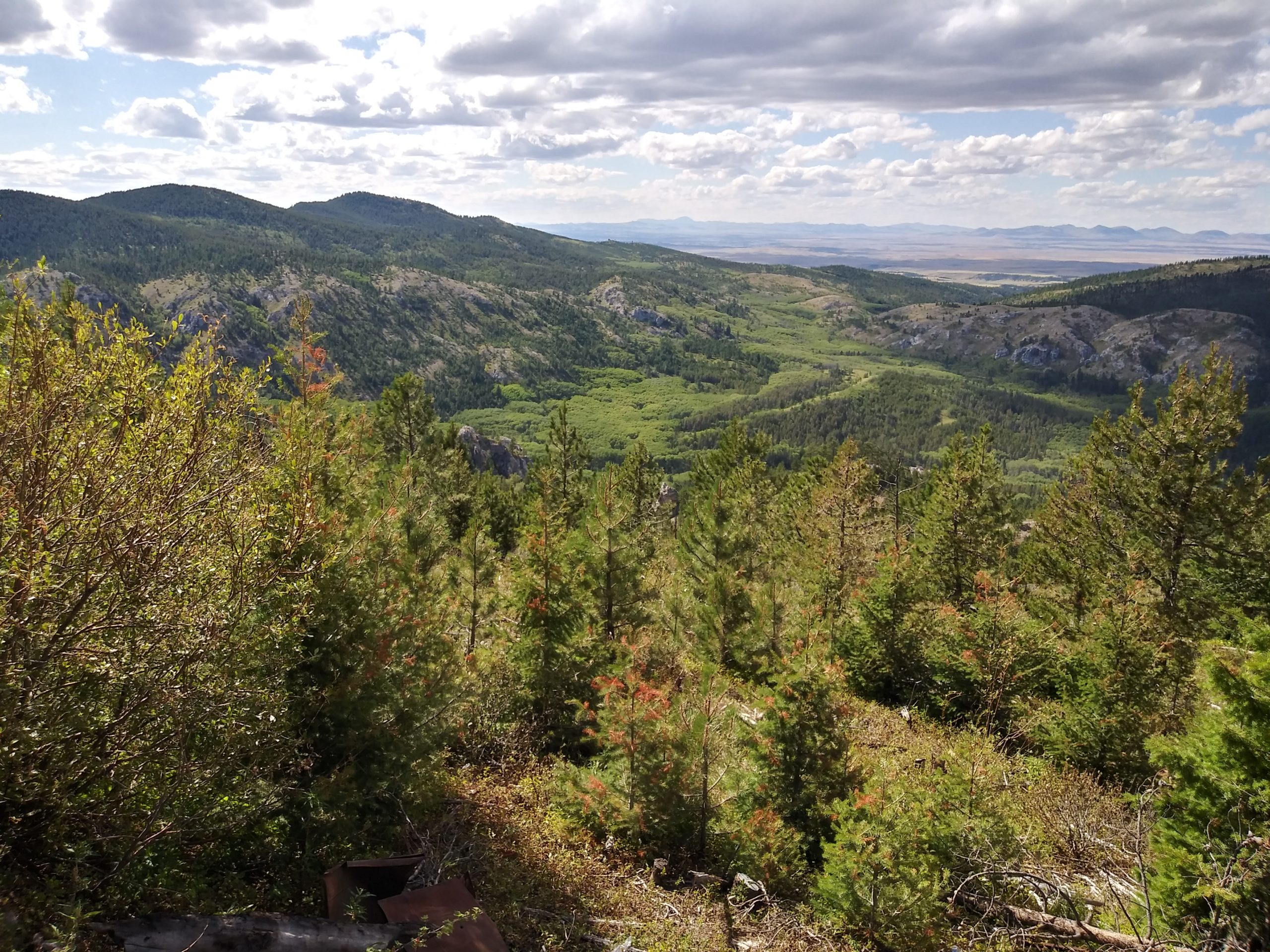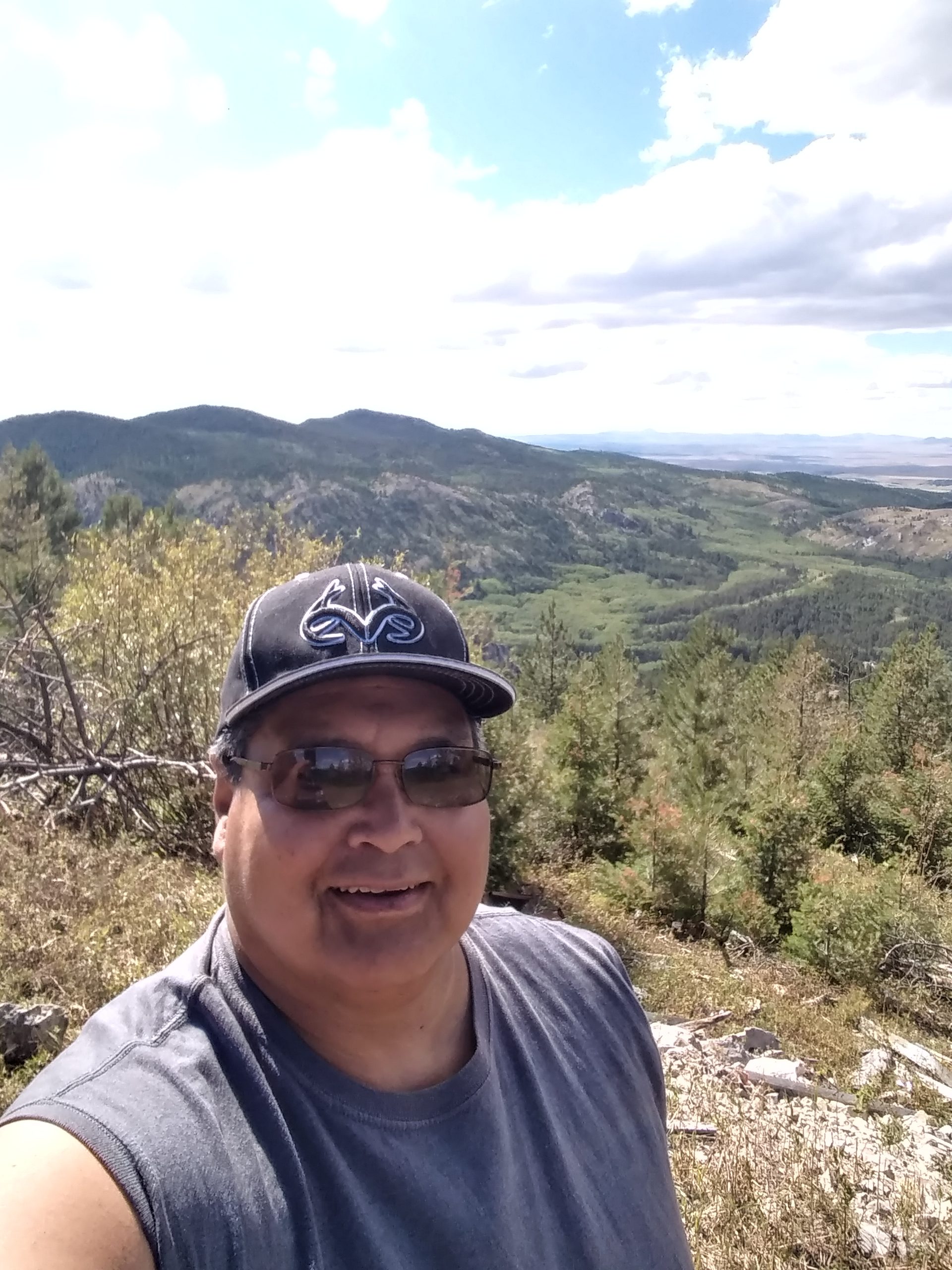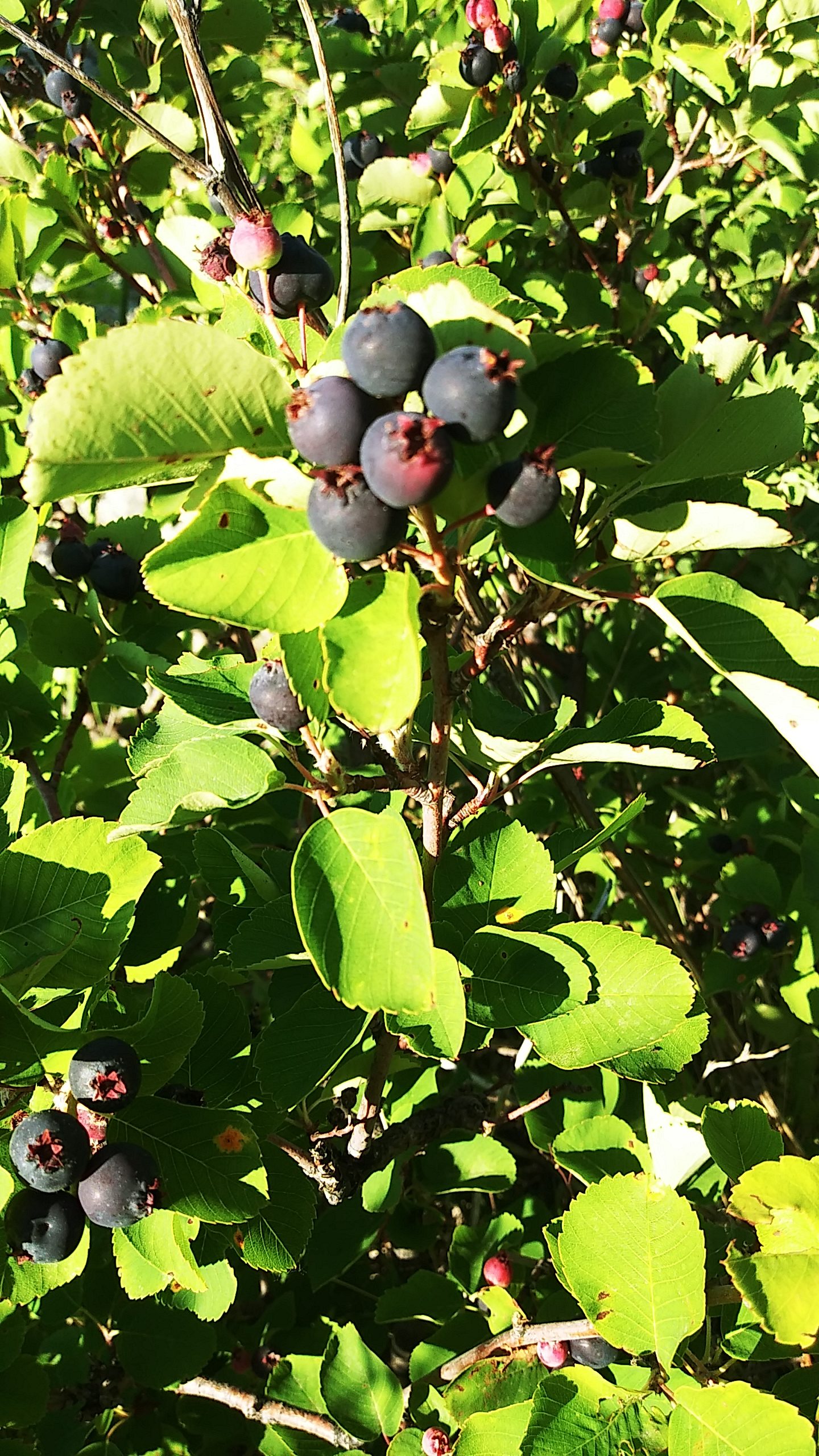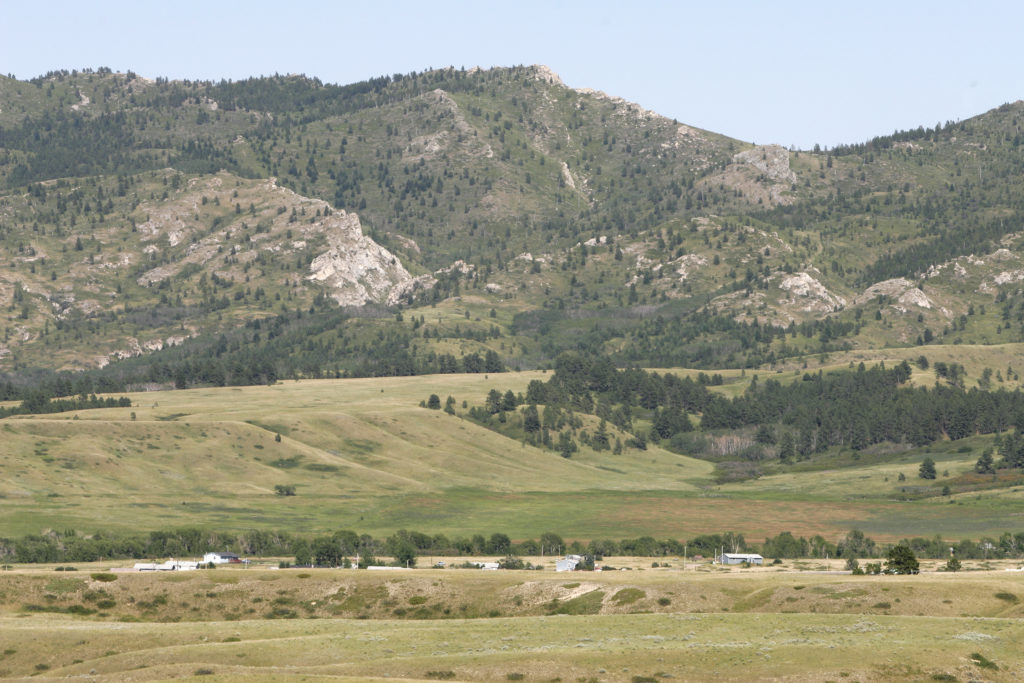
Led by Fort Belknap Indian Community’s (FBIC) Climate Change Coordinator Dennis Longknife Jr., FBIC is moving to complete a comprehensive climate adaptation plan to protect the Tribe’s natural resources in the Little Rocky Mountains of north-central Montana. The Center is working with Longknife to provide technical expertise to the community to help them both develop this plan and also identify key implementation actions such as the forest health project. This builds on the Center’s earlier, similar work with the Blackfeet Nation to support the development of their Climate Change Adaptation Plan.
Longknife has an extensive background in forestry and natural resources and as a forward-thinking leader he has served as climate change coordinator for the Tribes since 2015. As a result of their climate adaptation planning process, Longknife, the Center for Large Landscape Conservation, and Longknife’s colleagues in the FBIC Fire Management Office and the Bureau of Indian Affairs (BIA) Forestry Program identified a crucial need for climate adaptive forest management in the Little Rocky Mountains.

“The Aaniiih and Nakoda people have a long history of using fire to manage forests for game, production of food and medicinal plants, and open residence sites,” explains Longknife. “But the suppression of natural fires following colonization of the western US interrupted these patterns and led to a buildup of flammable growth, leaving the Little Rocky Mountains at risk of devastating wildfire.”
Longknife adds that such fires threaten not only wildlife and hunting but also cultural and recreational opportunities. The forest is home to the Tribes’ powwow grounds and a large, out-of-control fire would be disastrous for the community.
In addition to increased fire risk, cooler habitat at the top of these mountains will heat up in the coming decades and some native plant and wildlife species will no longer have suitable habitat in the Little Rockies. Without careful planning and intervention, climate change will reduce species viability and harvest opportunities for the Aaniiih and Nakoda communities. Preserving suitable habitat in the only mountains on their reservation lands by preventing widespread wildfires is crucial for maintaining species important to these communities.
Protecting Forests and Biodiversity for a Healthy Future
The Little Rockies Forest Resilience (LRFR) project seeks to increase forest resilience and keep carbon that has been captured from the atmosphere stored in the trees of the Little Rocky Mountains. The Fort Belknap Indian Community will do this by applying adaptive management techniques, such as thinning, and restoring ponderosa pine forests. Thinning overgrown stands will reduce the risk of catastrophic fire.
The forest thinning project operates through a partnership of the FBIC Environmental Department, FBIC Fire Management Department, BIA Forestry, and the Center for Large Landscape Conservation, who are collaborating to restore up to 300 acres of forest in the Little Rocky Mountains.

In addition to forest thinning, another action identified during climate adaptation planning was to address the climate impacts on a traditional food source—wild berries.
“The Aaniiih and Nakoda Tribes heavily rely on our serviceberry for our diets and cultural ceremonies. Our Tribes call them Juneberry, and we make Juneberry soup, which is offered at ceremonies and community gatherings,” explains Longknife. “With climate change, our gathering times have changed over the years, including having our berries affected by fungus, blight, frost, hail, and late-season snowstorms.”
Longknife says that future plans include developing a nursery for the Tribes to grow their own serviceberries and other berries, so they can continue being resilient in the face of climate change.
The efforts of the Fort Belknap Indian Community highlight how imperative it is for communities across the globe to take the lead in climate adaptation planning and climate mitigation strategies in order to remain healthy and resilient in our changing world.
Learn more
The Fort Belknap Indian Community, home of the Nakoda and Aaniiih Nations



